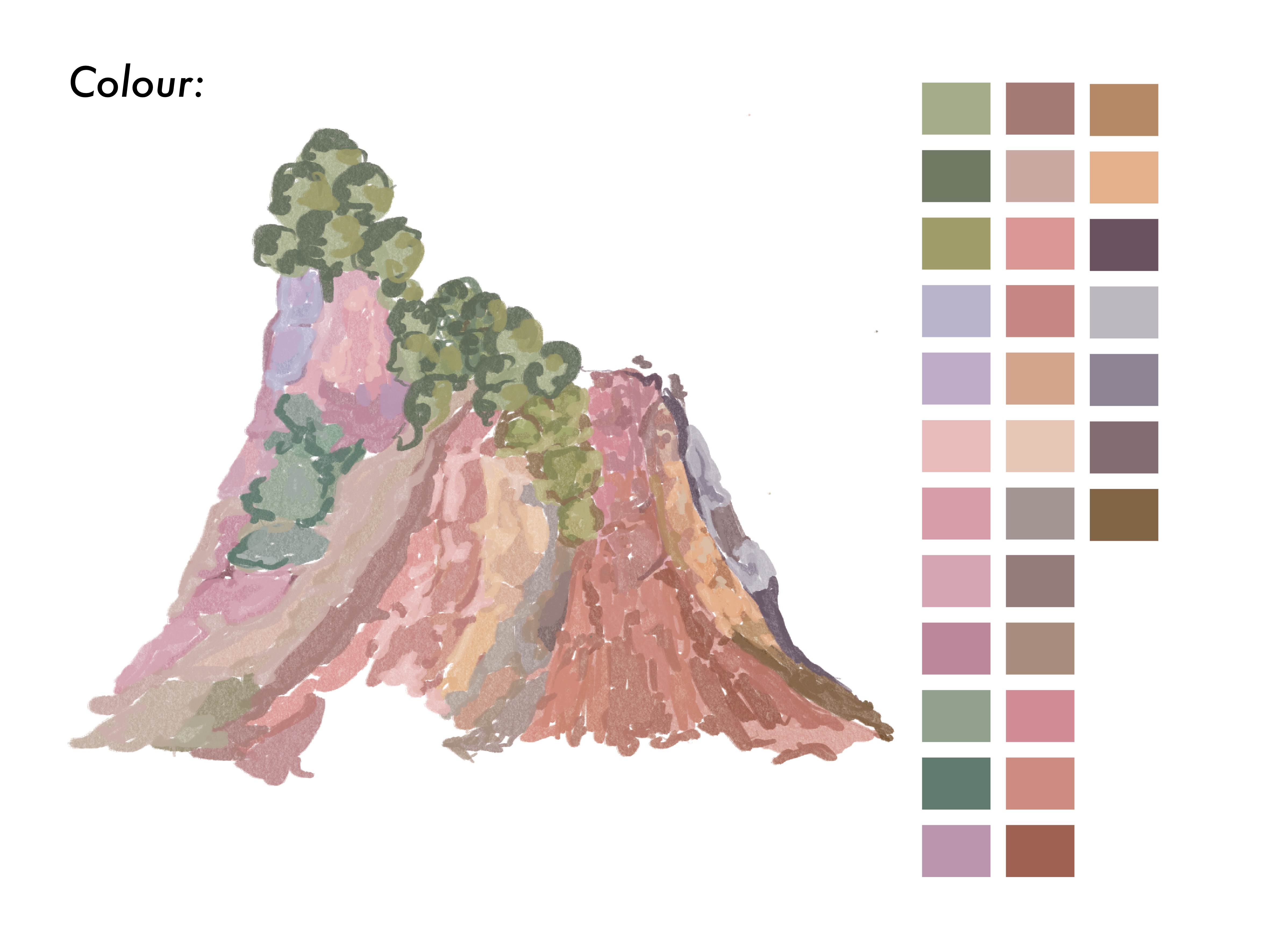Krithika
Sengo
ABOUT | ALL WORK | TEXTILE | ILLUSTRATIONS
Cultured
Mughal painting, Mughal also spelled Mogul, style of painting, confined mainlyto book illustration and the production of individual miniatures, that evolved ni India during the reigns of the Mughal emperors (16th-18th century). In its initial phases it showed some indebtedness to the Safavid school of Persian painting but rapidly moved away from Persian ideals. Probably the earliest example of Mughal painting is the illustrated folktale Tuti-nameh ("Tales of a Parrot") at the Cleveland (Ohio) Museum of Art. Mughal painting was essentially a court art; it developed under the patronage of the ruling Mughal emperors and began to decline when the rulers lost interest. The subjects treated were generally secular, consisting of illustrations to historical works and Persian and Indian literature, portraits of the emperor and his court,studies of natural life, and genre scenes. Farrukh Beg: (fourished 17th century, India), outstanding Mughal painter, praised by the Indian Mughal emperor Jahangir as "unrivaled in the age."A Kalmyk of Central Asia, Farrukh Beg first worked at Kabul (now inAfghanistan) under Mirza Hakim, the half brother of the Mughal emperor Akbar. After Hakim died, Farrukh Beg joined Akbar's service (1585) in India. His earliest paintings are strongly Persian in character, and he continued to be a conservative painter, not modifying his style to any considerable extent in the new environment. His notably distinct landscape strokes makes hisworks easily recognisable. Louise Forbush: Working out of her studio in Mill Valley, California, Louise Forbush creates small collages of handmade papers accented with calligraphy, gold leaf, scraps of fabrics, bits of reed, worn woods, and other found materials. Her work is full of texture and rich colors, often appearing as abstractedcityscapes or landscapes. Forbush's love affair with handmade paper began during a residency in Japan when she began collecting much of the suppliesshe still uses today. For the artist, ephemera such as old Japanese books and hand drawn maps bring their own hidden histories to her work. It is these suggested, yet unknown, stories that have continued to intrigue the artistthroughout her practice.
Mixing both ideas of Mughal art and California based Louise's expressionwhile staying authentic to Krithika’s own design aesthetic has been explored in this project.
Emily Bode has been a major influence in terms of fabrication and patch work which helped piece the project together.
The designs were realized in collabration with Ratti, como
Mixing both ideas of Mughal art and California based Louise's expressionwhile staying authentic to Krithika’s own design aesthetic has been explored in this project.
Emily Bode has been a major influence in terms of fabrication and patch work which helped piece the project together.
The designs were realized in collabration with Ratti, como
























